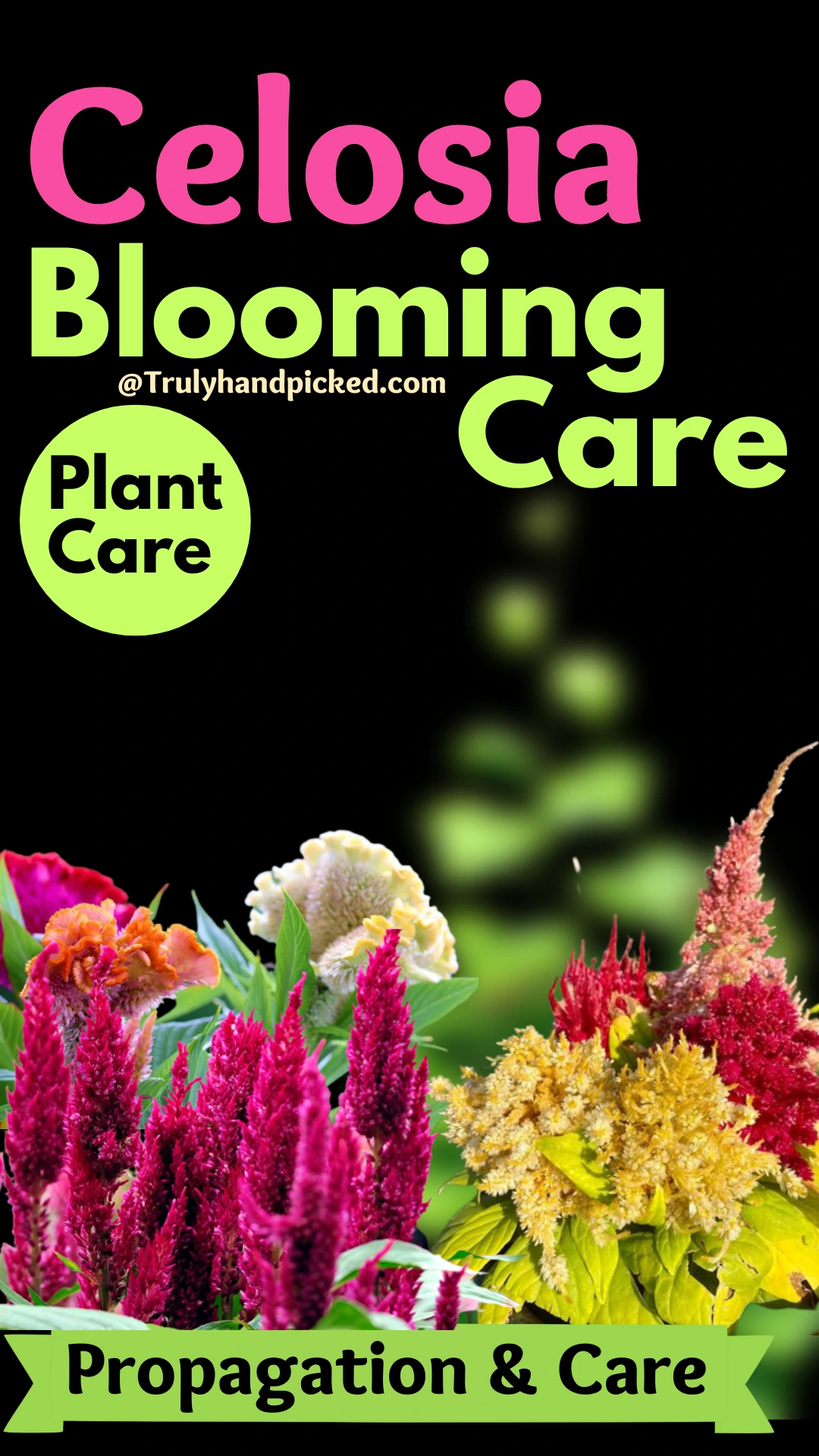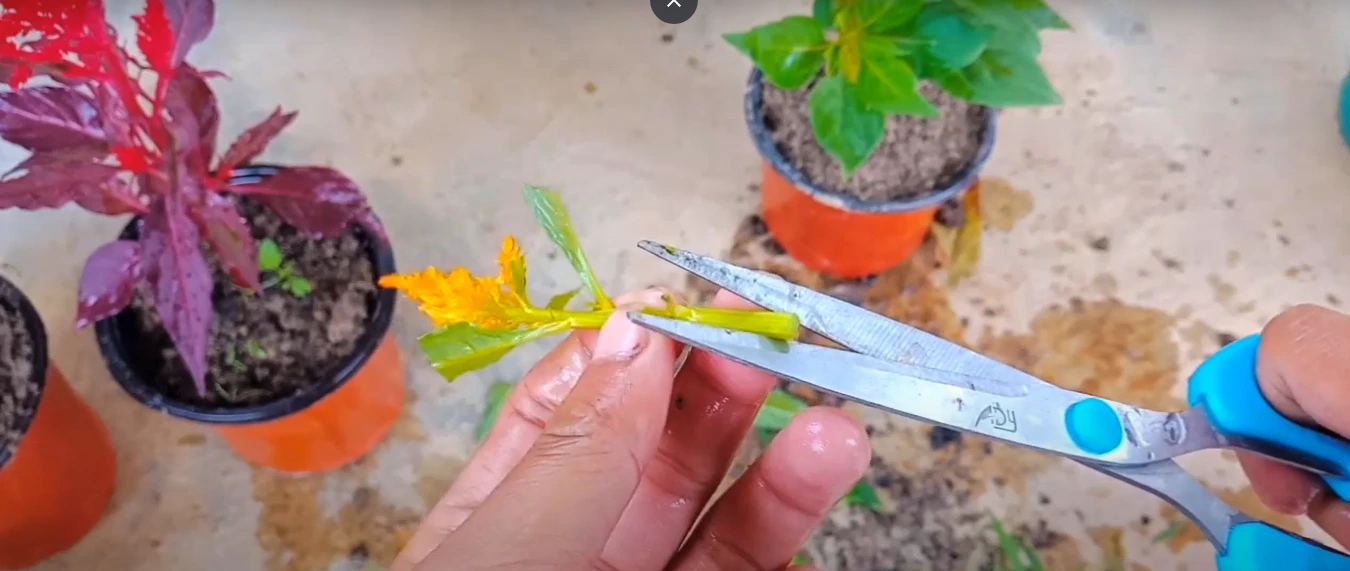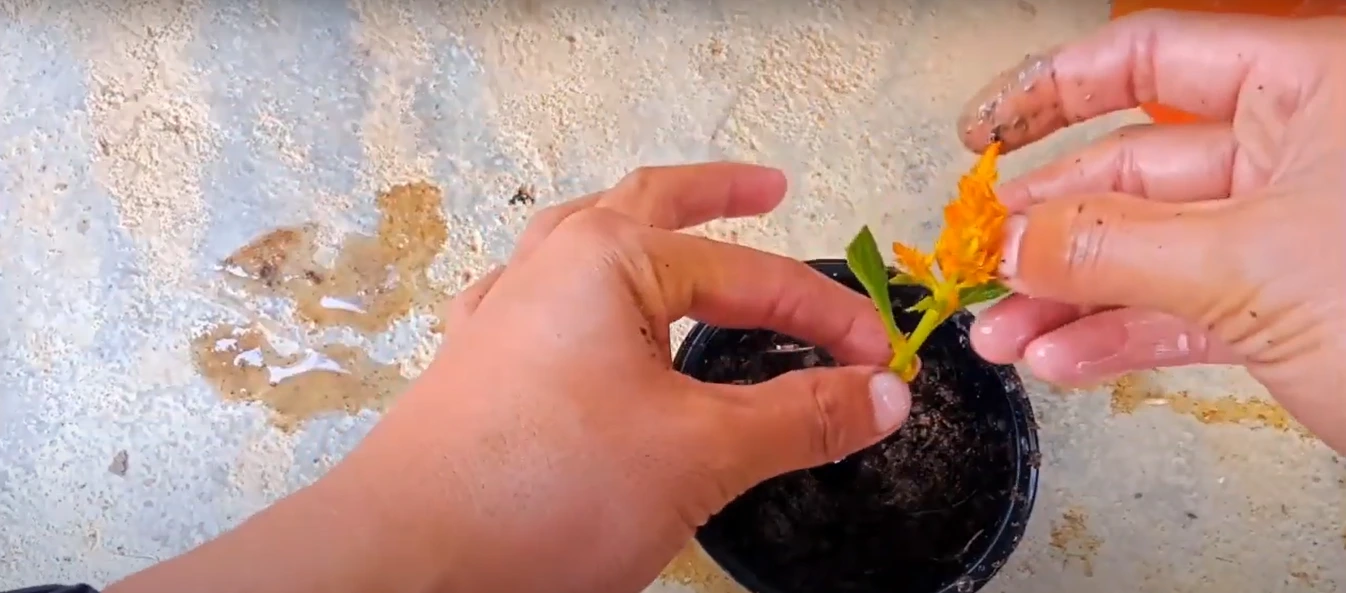Celosia is an ornamental flowering plant from the Amaranthaceae family. This tender perennial plant is famous for its ‘flame-like’ flower heads. Celosia is known by another common name cock’s comb.
The name celosia came from a Greek word, which means ‘burning’. This striking flowering plant has got this name due to its unique-looking blossoms.
Apart from its super attractive appearance, the celosia plant is also eminent for its edible quality. This is one of the easy-to-grow ornamental flowering plants you can cultivate in your house. Let’s learn a few important growing facts of this plant in this esteem-
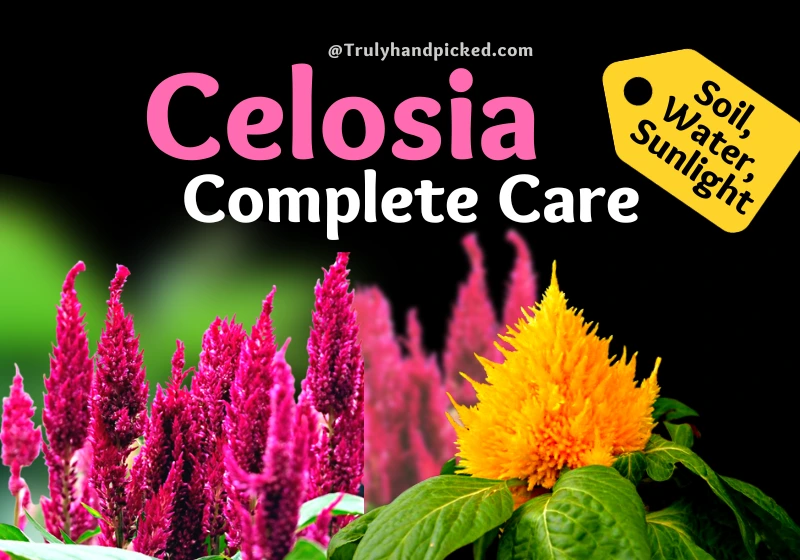
Celosia Plant Complete Care:
Soil: This plant wants nutrient-proof sandy-type soil with well-drained quality. Make sure you use soil that is rich in organic matter and slightly acidic with a 6 to 6.5 pH level.
How often to water: Celosia plants are mediumly drought-tolerant, thus, you need to water them moderately. Water your plant once or twice a week, depending on the heat of the weather. In the winter months, you can reduce the frequency to once a month watering.
Fertilizer: Apply any water-soluble fertilizer that has slow-release quality. Feed your plant once a week, during the peak months, and once a month during the normal season. Go with a 3-1-2 NPK ratio for the best result.
Sun Exposure: This beautiful flowering plant prefers full sun and bright sunlight to thrive best. Provide your plant with 7-8 hours of bright sunlight through direct sun exposure. To keep the colors of the blooms vibrant and prevent fading or losing color, provide enough hours of light.
Climate: From germination to blooming, a celosia plant needs a warm climate consistently. Keep the temperature between 70° to 80° F. This plant likes high humidity, so, use a humidifier to keep the humidity level always up for its entire growing session.
Pruning: Pruning is essential for such a bushy shrub celosia at least once a year. Deadhead by trimming all the dried flowers dry stems, dead leaves, and old blooms with a disinfected pruner. This will encourage new bloom in your plant, especially, if you can complete the process during June month.
Repotting: A celosia should be repotted every 1-2 years due to its quick-growing nature. Always pick a planter that should be 200mm wide and deep from the previous one. Use preferred potting soil mixed with organic matter and don’t forget to water it thoroughly after every replantation session.
Pests and Bugs: Red spiders, mites, aphids, bees, mealybugs, and other pollinators, are some of the common insects you can find around a growing celosia plant. Try to apply chemical-free remedies like a flush of water, rubbing alcohol, neem oil spray, or soapy water wash to get rid of these nuisances effectively but harmlessly.
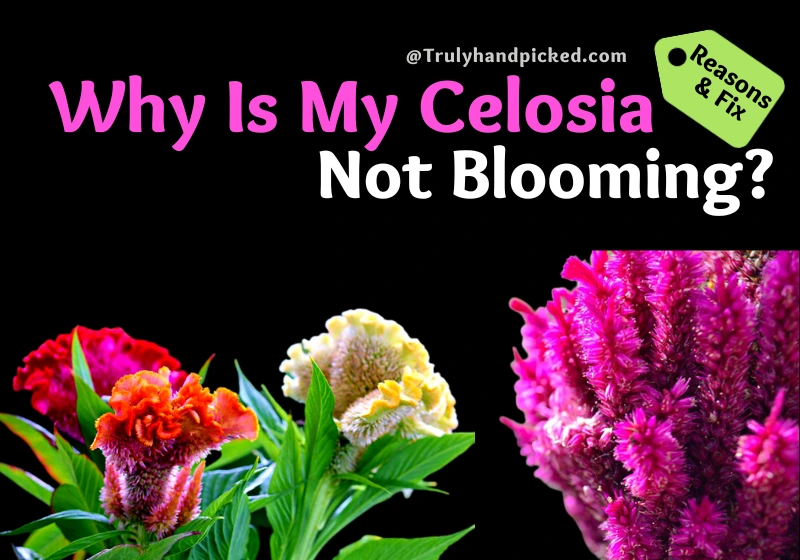
Why is My Celosia Not Blooming?
A celosia plant is hugely appreciated for its astonishing flowers, as we mentioned before. But what if you find that your celosia plant growing but not blooming in time? Well, you must find out the true reason behind this common issue, before having the stunt growth issue shortly.
Why It Is Not Blooming:
- If you are using high-nitrogen fertilizer to feed your plant
- When you don’t prune your plant in time or give the new shoots enough space
- If you don’t sow your plant is enough fertile soil
- When you don’t place your plant under proper light or sun exposure
- And if your plant is having a root rot issue due to a drainage problem
How to Fix and Keep Blooming:
- Use a slow-release fertilizer that is 1% rich in nitrogen quantity comparative phosphorus
- Do not apply any plant food that can cause salt build-up to the stem of your plant
- Prune your plant once or twice a year and always remove the dead flowers immediately, once they start fading
- Always make the planting soil fertile enough with organic matter and compost manure, to give your plant a kick start
- Put the planter in a spot where your plant could get 6-8 hours of bright light consistently through full sun exposure
- And check the drainage quality of the soil as well as the planter and make sure it is good enough to keep the root health vigorous with a consistent watering schedule.
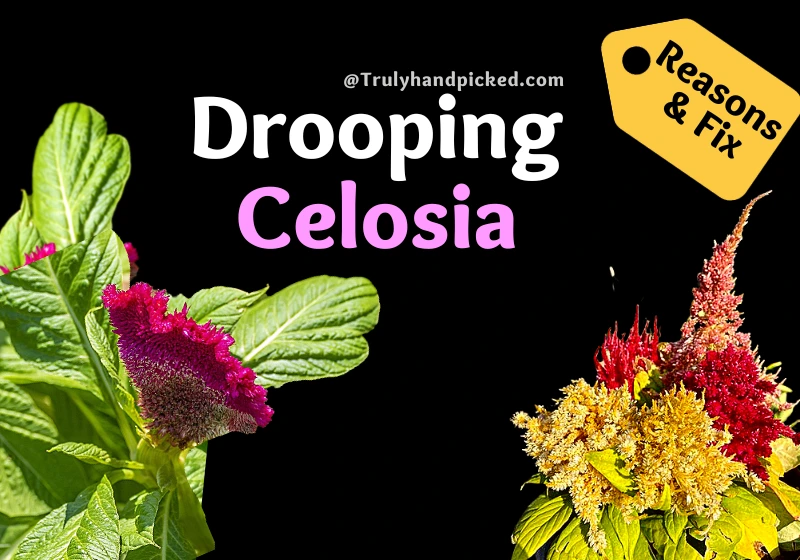
Why Is My Celosia Turning Droopy?
Being droopy or having wilting leaves is another common issue with a growing celosia plant. You must keep the foliage of this ravishing ornamental plant healthy as well as the blossoms, to hold its beauty adequately. However, some improper growing supplements could make the leaves droopy sometimes. Here is a smart synopsis we discuss in this regard-
Causes:
- Fungal infestation
- Improper watering
- And low light condition
Solutions:
- To avoid any kind of fungal infestation on your plant, be updated about your plant
- Isolate a newly brought plant for a week outside the house
- Use only fresh and fungus-free or bacteria-free potting mix to sow the plant
- Do not sprinkle water much on the leaves or stem of your plant, while watering
- Make sure you water it carefully through the base and not through the top
- Water only 2-3 times a week during summer and once in winter
- Never get the soil of your plant soggy ever as these issues can cause fungal infestation surely
- And always plant your garden celosia plant or put the indoor celosia planter in a sunny warm spot. A warm and sunny spot will provide your plant with a preferable tropical climate and at the same time avert the infestation of fungus efficiently.
Is Celosia Poisonous to Cats and Dogs?
Fortunately, celosia is one of those plants which are not at all poisonous to any kind of mammal. A celosia plant doesn’t contain any toxic elements and is quite safe for your house pets.
All parts of celosia are edible, thus, it can’t provide any harm to your pet dog or cat, even though they ingest any parts of the plant unknowingly!
How to Propagate Celosia From Cuttings:
You can propagate a celosia plant easily from its cutting. Water propagation is noted with this ornamental plant more than other ways of regrowing. Here is a quick overview of the procedure-
Supplies You Need:
- A sterilized cutter
- A glass or glass-made jar
- 1-2 glasses of distilled water
- A transparent plastic cover
- A clay pot with a good drainage hole
- A mixture of suitable potting soil
- And a water sprayer
Growing from cuttings
How to Do:
- Find a freshly grown stem with several new leaves on it
- Cut the part about 4-6 niches with a cutter below the node
- Remove 2-3 leaves from the bottom and steep the cutting in a glass of distilled water
- Cover the cutting with a plastic cover and place in a warm spot with indirect light
- Change the water once every week and repeat the process accordingly
- You will find that new roots will come out within 3-4 weeks
- Let the root grow about 1-2 inches long and then, transplant it into a pot with the preferred potting mix.
